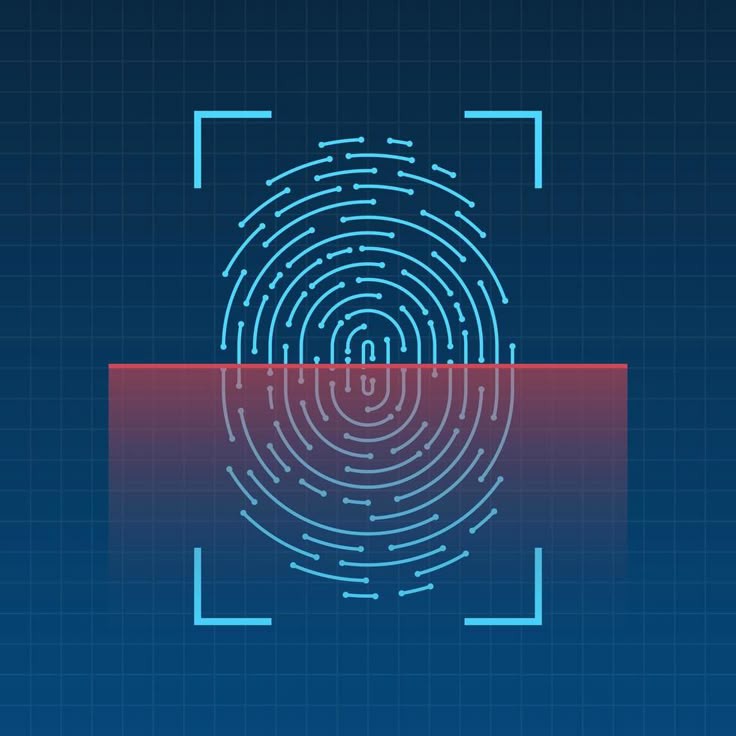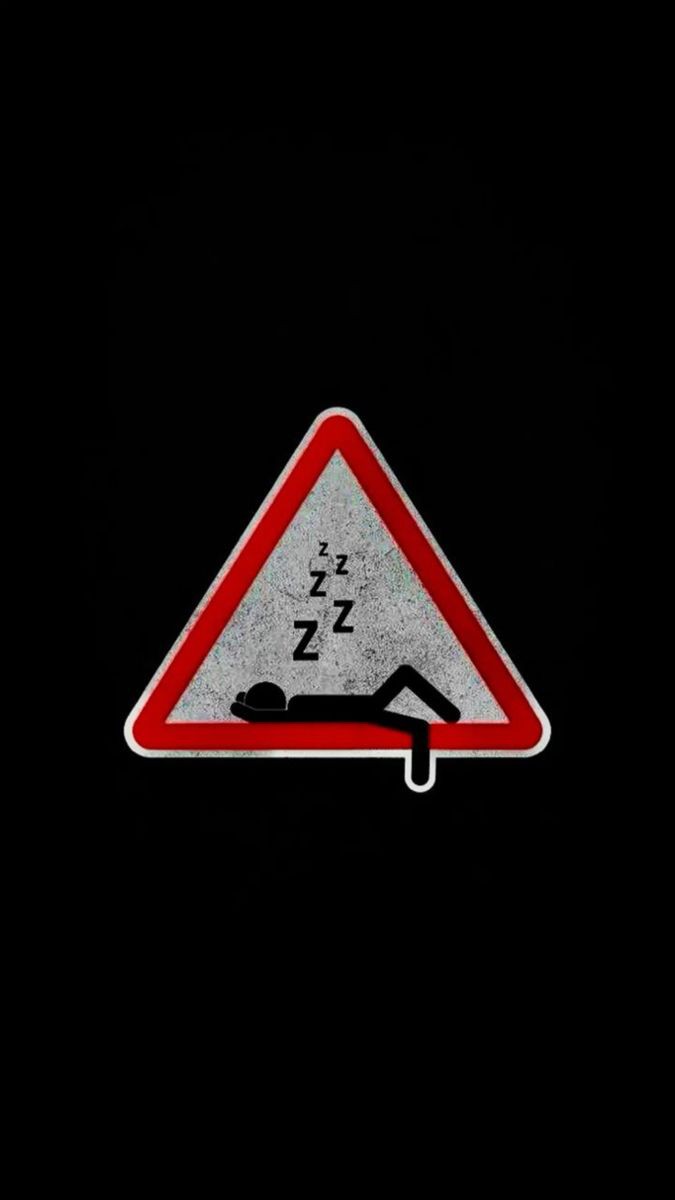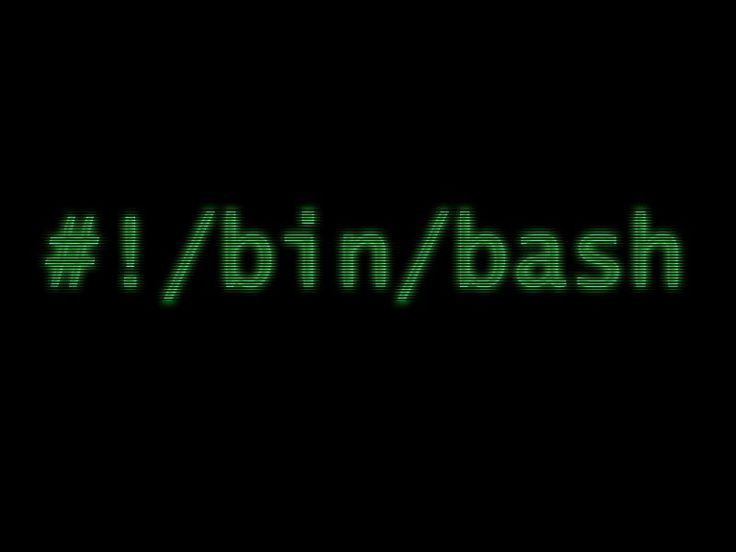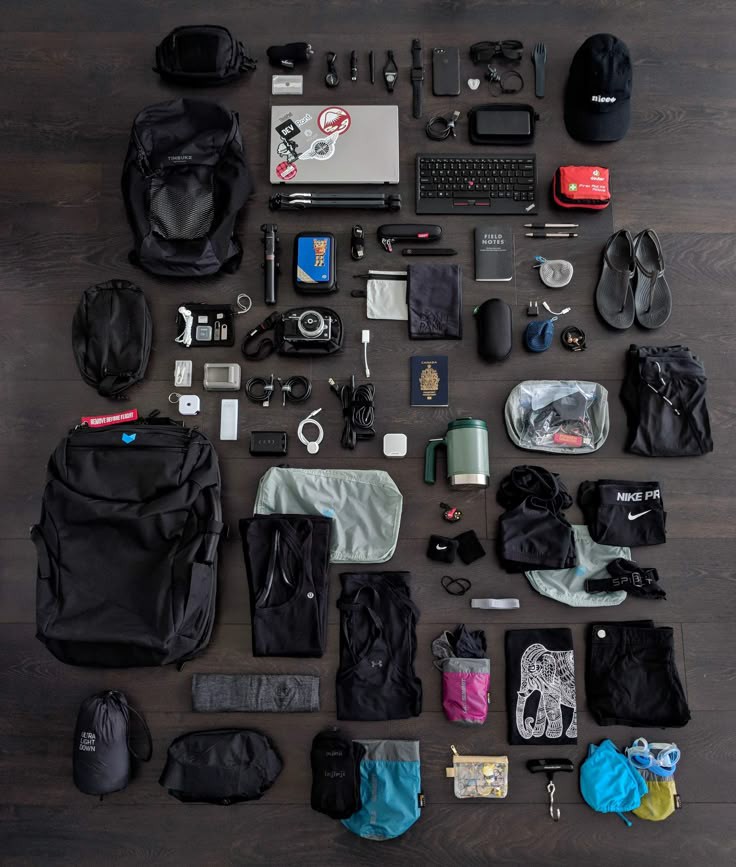"Every tool is a philosophy disguised as a feature."
The New Medium of Imagination
What does it mean to create in an age where imagination itself is augmented? From digital canvases to modular synthesizers, from code editors to virtual studios — the tools of our time don't just extend creativity; they shape it.
We once painted with pigment and sound. Now we compose with data, networks, and light. And in this new terrain, the question is no longer just what we make, but how the medium molds our mind while we make it.
Every creator today is both artist and architect — designing not only outputs, but systems of creation themselves.
The Infinite Studio
Modern creativity offers unprecedented possibility — and with it, paralysis. The abundance of tools has replaced scarcity with overwhelm.
- Which software? Which workflow? Which platform?
- Amid the noise of constant upgrades and feature lists
- The artist's original intuition — that quiet spark of intent — can easily get buried
In a world where the creative process is perpetually visible and gamified, the challenge isn't access to tools — it's the preservation of focus, depth, and originality.
Tools as Cognitive Mirrors
A tool is not neutral; it is a philosophy made tangible. Each interface carries a worldview — a subtle narrative about how creation should unfold.
- Linear tools (like video timelines or writing editors) suggest order, sequence, structure
- Non-linear tools (like modular synths, generative art systems, or AI assistants) invite emergence and play
- Constraint-based tools (like film cameras or haikus) teach discipline and intentionality
To choose a tool is to choose a way of thinking. When we understand this, we stop being passive users and become meta-creators — people who design the conditions of their own imagination.
Curating Your Creative System
Principle 1: Define the Purpose Before the Tool
Ask first: What is the feeling or idea I'm trying to express? Only then find the medium that aligns with it.
Too often, creators start with the tool and end with compromise. Reversing this order reintroduces clarity — the tool becomes servant, not master.
Principle 2: Simplify Your Workflow
Complexity rarely equals sophistication. Most creators find depth when their system is smaller but tighter.
- One space for ideation
- One for production
- One for reflection or sharing
This segmentation preserves flow and prevents mental leakage across contexts.
Principle 3: Design for Flow, Not Friction
Your creative environment should invite immersion. Organize your workspace — digital or physical — so that every object, shortcut, and routine reduces resistance.
"Flow is not an accident; it's an ecosystem."
The Ritual of Making
Creation is not a task but a rhythm — inhale, exhale. The most successful creators treat it as a form of meditation: entering their workspace at the same time each day, removing distractions, and allowing time to stretch.
- Enter workspace at consistent times
- Remove distractions and create boundaries
- Allow time to stretch and flow naturally
- Find the point where the tool disappears
There's a subtle point where the tool disappears and only the movement remains — where brush, keyboard, or timeline becomes transparent, and the mind enters pure translation.
That's the moment when art ceases to be about mastery and becomes about merging.
The Creator as System Designer
In the years ahead, creation will move beyond individual tools toward integrated creative ecosystems — environments that adapt to the user's emotional and cognitive state.
AI will become less an assistant and more a collaborator. Interfaces will dissolve into gestures, voice, and intuition. And creators will increasingly design systems that create with them, not just for them.
"The creator of the future will design systems that create with them."
Yet amid this sophistication, the essential principle remains ancient: Tools evolve, but consciousness directs.
The modern creator's toolkit, then, is not just software or hardware — it's awareness: the ability to choose with clarity, create with intention, and evolve with humility.
EPILOGUE: BEYOND THE TOOL
The most radical possibility isn't that we need better tools—it's that we need better relationships with our tools.
Choose your tools with intention.
Design your creative ecosystem.
What if the ultimate creative tool isn't software or hardware
but the consciousness that wields them?
What if we're not just creating art—we're creating ourselves?
The tool is not the destination.
It is the bridge to new forms of expression.
Continue Your Journey
Explore more about creative technology and conscious living

Digital Privacy as Cognitive Freedom
Exploring privacy as mental real estate - the quiet room where thought learns to breathe

The Architecture of Optimal Sleep
Exploring sleep as conscious architecture - a living system that rebuilds the mind each night

Automating the Mundane
Freeing mental space by automating routine tasks and decisions
